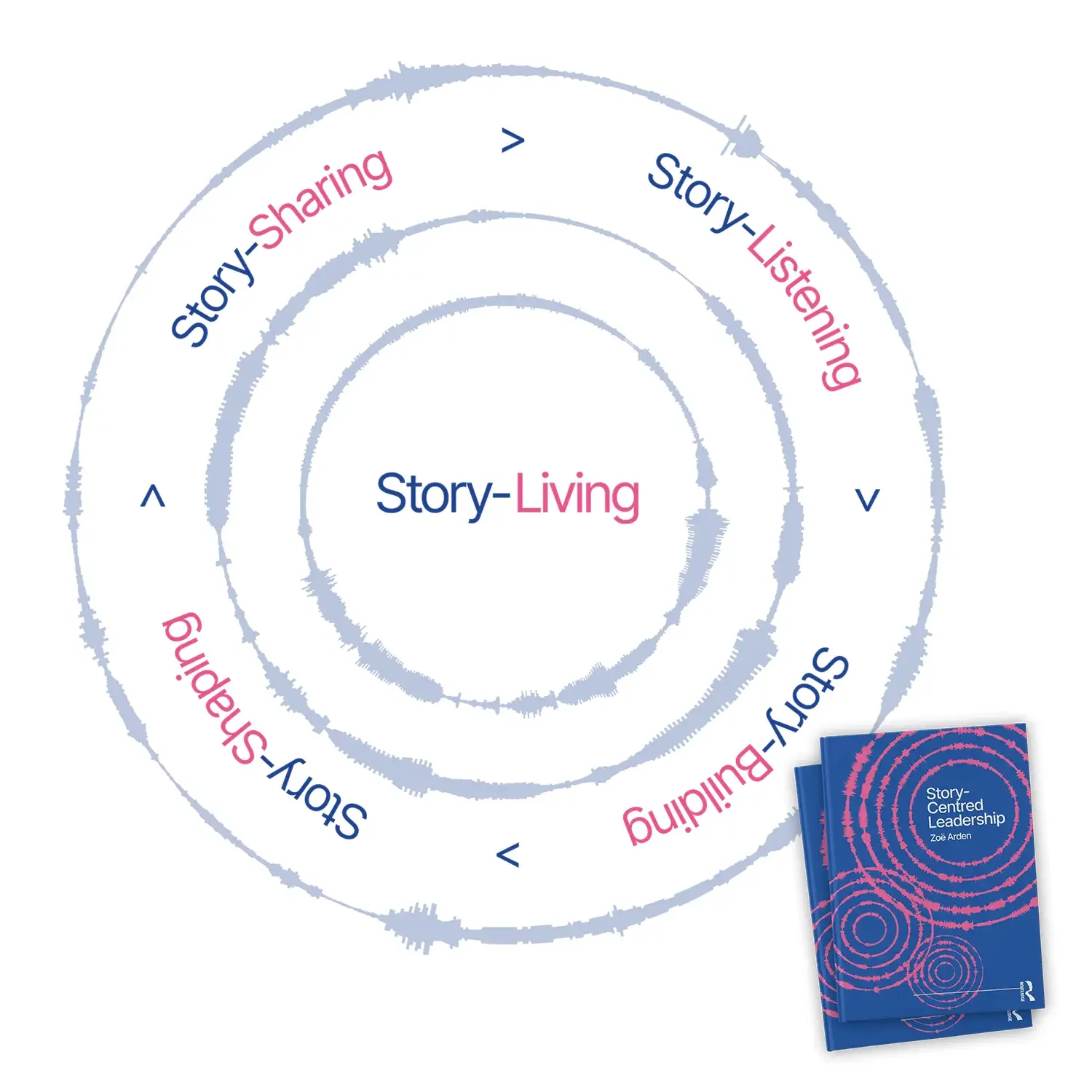Stories of ChangeStories have the power to transform society and change the world.
Stories help people make sense of the world around them, and connect us emotionally to global challenges in a way that makes us care. Stories engage and inspire us to create change.
Why stories matter.More than ever before, we need stories that motivate people. Whether you are an organisation that wants to get citizens to understand and care about their sustainable products, a government who seeks support for green policies or an NGO looking to inspire responsible behaviour - stories are a vital tool in helping people develop new perspectives and contribute to positive change.
Story-centred leadership
-
Start by walking in your stakeholders’ shoes.
Stories for change are crafted for our stakeholders not for ourselves. To build respect, empathy and understanding, we must walk in their shoes and see the world through their eyes; listen deeply to their needs and their language and ask ourselves ‘what’s their problem that I can help solve?’.
-
Combine the right ingredients to create a compelling narrative.
Story-building is the act of creating a truthful, accurate and powerful story that uses ingredients that resonate with the listener and a structure and techniques that make the story sticky. Some ingredients are universal. These include a succinct takeaway message and the reasons why your story is important.
-
Practice with peers to evolve and enhance your pitch.
Story-shaping is the process of practising your story out loud and with others to test and hone how it will land with your intended audience. This requires seeking out feedback and practising it with the goal of making sure it is understood and sticks. This is an ongoing process that requires constant work.
-
Embed stories into the culture of your organisations.
Creating and sharing stories can support teams and organisations to build cultures that motivate colleagues to experiment and contribute to positive change.
-
Strengthen your personal leadership and internalise your story of change.
Even without words, we present a story about ourselves to the outside world through our presence. Often our internal story is self-limiting. It holds us back, tells us why we can’t do something. Story-living is about crafting a story of possibility that helps us discover our superpowers and disintegrate the myths that diminish us.
Story-living is the ongoing process of being a leader in your context, whatever that looks like, acknowledging that we don’t need to know where the story ends but we can hold a space where others can work alongside us to enable it to emerge.
Taken from my book Story-Centred Leadership.


